Description
Panzer Korps – To the Last Huszár covers the organizational structures of the Hungarian Army from 1939 to 1945 at the Divisional level.
Covers most major combat organizational configuration. To the Last Huszár allows gamers and historians to get a handle of how the Hungarian Army structured themselves including:
- Artillery, Infantry, Armored formations & more!
- Includes Air formations
- Details the evolution of the Army from 1939 through to 1945
- Aides in understanding the strengths and weaknesses of the Hungarians
- Comprehensive Vehicle, Aircraft & Artillery lists for Panzer Korps
- May be used with other World War II Divisional level rules
- Charts and Tables for most of the Hungarian formations
On 26th June, 1941, bombers marked with red stars and identified as belonging to the Soviet Union attacked the Hungarian city of Kassa, in what is today the Czech Republic.
This was not the first Soviet violation of Hungarian airspace in recent years; Soviet aircraft had repeatedly been warned away from Hungarian airspace in prior incidents, and at least one report has circulated of Soviet aircraft strafing Hungarian trains.
This attack, however, was particularly ominous and strangely timed. Hungarian relations with the Soviets had recently begun to improve, if for no other reason than Hungary saw herself increasingly surrounded by a sea of enemies.
Poland, her traditional ally, had been gobbled up by Germany. Yugoslavia and Czechoslovakia were gone, not entirely without Hungarian assistance. Romania, Italy and Germany were at this point firmly allied.
And in Hungary, political opinion was strongly against Nazism. Russia’s foreign minister had even secretly proposed to the Hungarians that the Soviets would assert their territorial claims in Romania for them, if the Hungarians agreed to remain neutral in the recently declared war with Germany.
The very fact that Hungary’s traditional enemies in Romania had aligned themselves with the Nazis had effectively extinguished most of any remaining sympathy for Germany.
And so it was that the air attack came as quite a surprise. Even now there is genuine debate about whether the bombers were truly Soviet. But the damage had been done. Civilians were killed.
Territory was damaged. And the Hungarian population, which had largely agitated for a neutral and/or pro-Allied stance prior to this, was hot with war fever.
Protests erupted across the country. Mass demonstrations broke out. Within 24 hours, the country was at war. By 1945, Hungary was Germany’s last European ally.
This supplement for the Panzer Korps rules system covers the armed forces of the Kingdom of Hungary from 1939, beginning with an undeclared war with Czechoslovakia at the beginning of the year and the so-called “Little War” with Slovakia in March, continuing with Hungary’s participation in the invasion of Yugoslavia in early 1941, and culminating in Hungary’s long and bloody involvement on the Eastern Front from June 1941 until the spring of 1945.
The primary focus of this supplement will be the Royal Hungarian Army. but the notorious Arrow Cross militias and Hungarian forces fighting alongside the Red Army have also been briefly considered. Because they were never a part of any official Hungarian military organization, and because their actions were universally reviled by the Hungarian military, the various SS Divisions formed using Hungarian and ethnic German Hungarian recruits are not covered here.
This last group can easily be approximated using the upcoming SS Supplement for Panzer Korps.
It should be noted that information regarding Hungary’s role in the Second World War, and indeed the interwar Period that preceded it, is incredibly difficult to come by, particularly in the English language.
Despite the Hungarian Army’s growing popularity among many wargamers as a “new army” for the period, there are still very few reliable sources on the subject, and translations in many cases are inconsistent at best.
To compound the difficulties of speaking a language as rare as Hungarian, there are also the more concrete historical reasons for the lack of source material – such as the destruction of many important Hungarian records during the Soviet occupation.
Because of these difficulties, there is a great deal of misunderstanding and genuine lack of comprehension. The most common errors range from the misidentification of vehicles, to the misinterpretation or outright falsification of Hungarian fighting abilities.
For example, some Romanian tanks are identified as Hungarian vehicles (something my Romanian friends find very amusing), while certain units are classified as being “worthless” or “elite” when said units clearly fit neither of these categories.
This is, first and foremost, intended as a layman’s guide to the Hungarian forces of the period. It is not an exhaustive history, nor is it an attempt to whitewash or ignore the controversial issues regarding Hungarian participation in the war.
Because of the difficulties in language for non-native Magyar speakers, not the least of which being that sources tend to use various native terms interchangeably.
I have used American English terminology wherever possible. rather than using the traditional Hungarian names for formations. I have used a few appropriately ethnic items (such as the appropriate Hungarian spelling of the word “Huszár” but for the most part, the terminology here will be familiar to any student of military history.
The information herein was designed primarily for use with the excellent Panzer Korps miniatures system as written by Manny Granillo; it could just as easily prove useful for wargamers using other rules systems, and to those with a casual interest in the subject of the Hungarian military during this period.
As with my book on Italy. I have endeavored to provide the most accurate information I can, with useful bits of history to help explain and understand the formations being presented. Organizations here are presented in a simplified Divisional OOB format.
The highest organizations depicted are Divisions or Brigades, followed by Regiments, Battalions and, finally, Companies. In Panzer Korps terms, a Battalion is equivalent to three stands or three vehicles, while companies are equivalent to one stand or one vehicle.
The firepower and effects of platoon-sized formations are incorporated with their parent units, and can be safely ignored when gaming at this scale.
Because of an obvious bias in having a Hungarian name, intentional or otherwise, and because I was lucky enough to read Marc Bloch while studying for my Masters, I have done my best to remain scrupulously honest.
Academically ethical, and factually correct regarding this subject matter and the oftentimes bewilderingly contradictory source materials on the subject.
In any case, should it become necessary, I will do my best to keep the book updated with corrections wherever and whenever possible. It hasn’t been easy, but I hope that you find the information I’ve gathered to be interesting and useful! Enough said.
There’s a dedicated Facebook group for Panzer Korps – To the Last Huszár.
To view the entire Wargaming Rules catalogue or the full Panzer Korps Rules and Supplements catalogue.
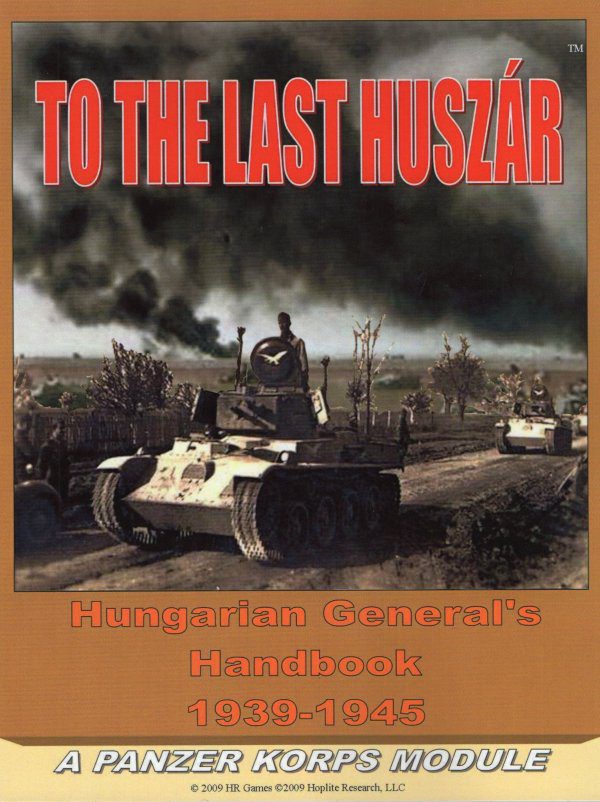
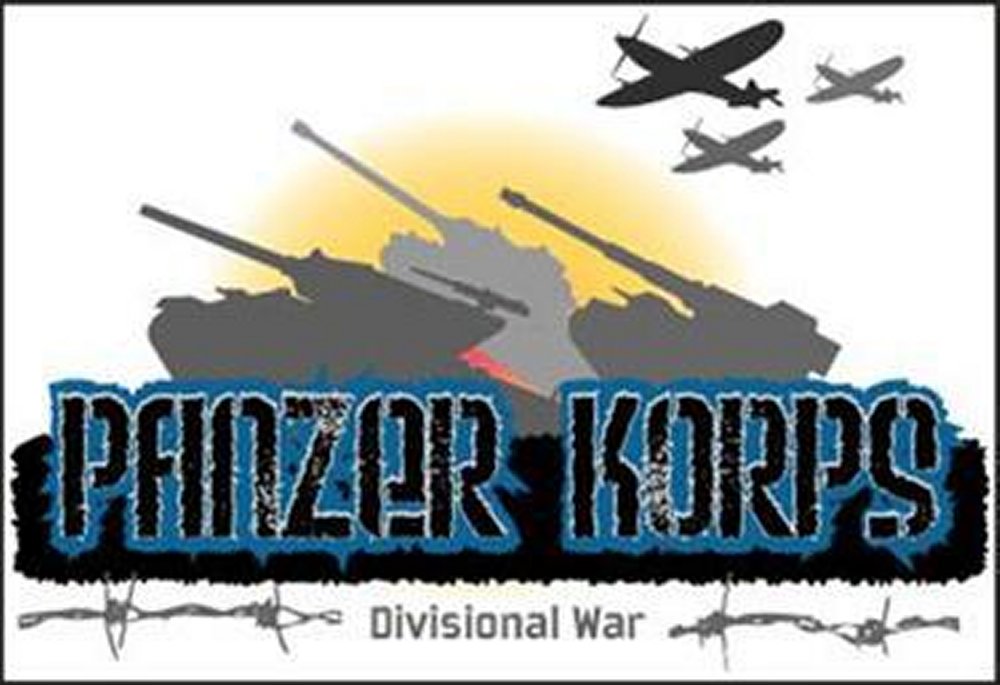
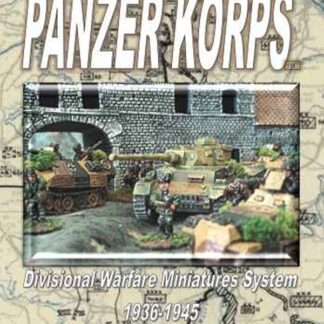
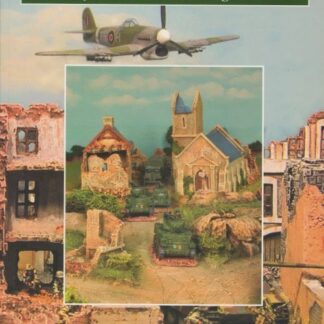
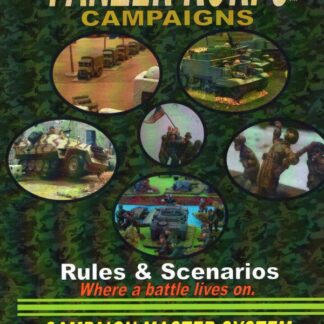
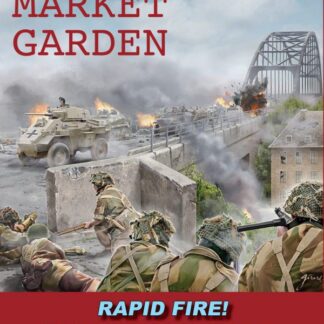
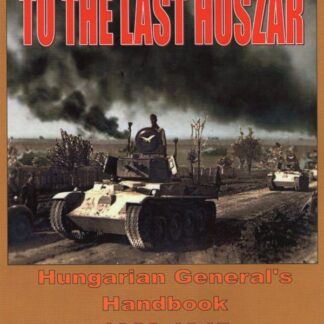
Reviews
There are no reviews yet.